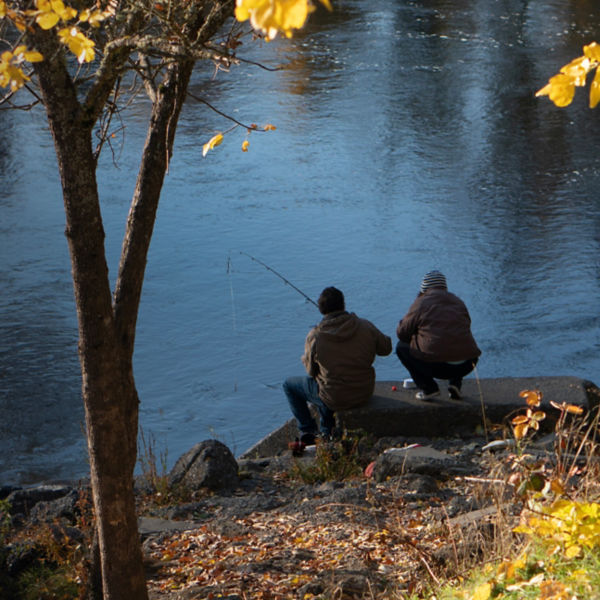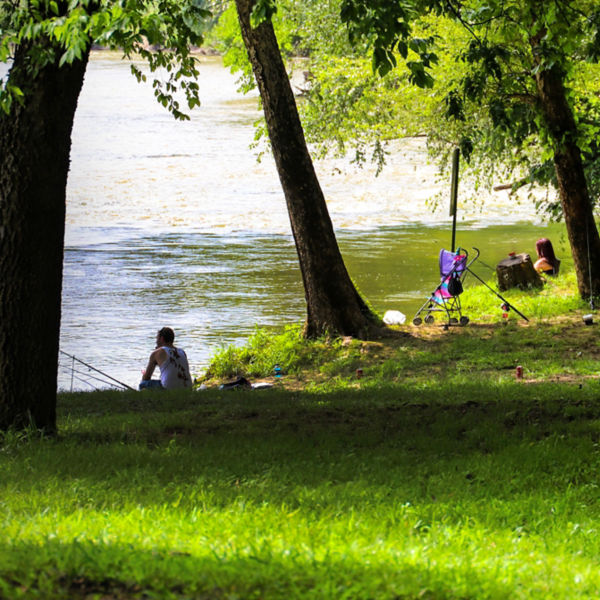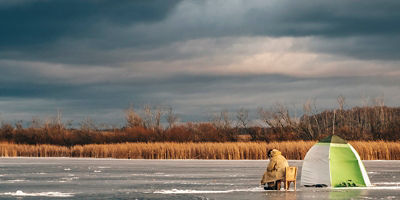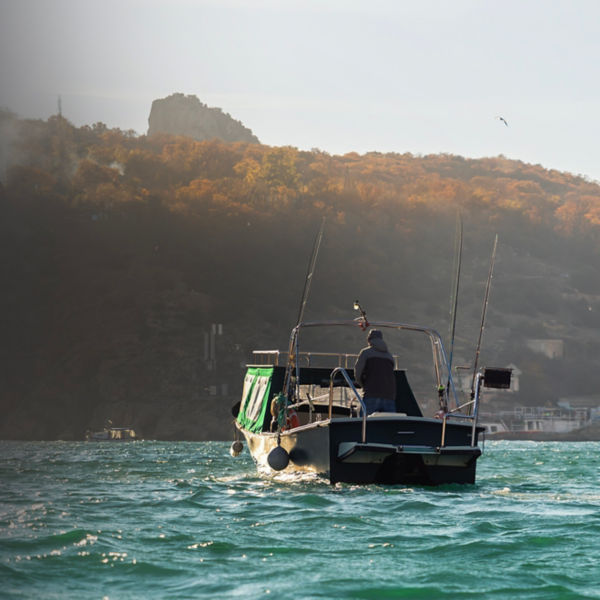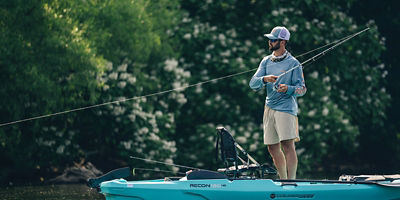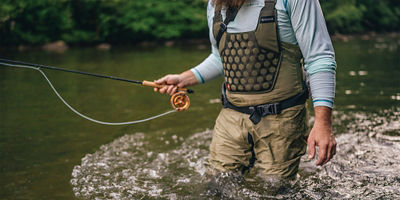
Don’t begrudge paying for a fishing license to wet a line. Whether it’s in your home state or across the border with another, that money goes a long way toward preserving the nation’s recreational waters.
Why buy a fishing license? Believe it or not, all proceeds from fishing license fees go toward conservation and restoration. In fact, fishing (and hunting) license sales make up the largest portion of sportsmen's contributions to state fish and wildlife agencies, eclipsing more than $1 billion a year nationally. Deposited into each state’s wildlife funds, the monies raised from license sales go directly to projects that protect wildlife and fish hatcheries—work that includes habitat management, education outreach on waterway/wildlife conservation, boating and fishing access, fish surveys and research, plus fish stocking.
It’s worth viewing the fees the same way that wildlife agency officials pitch them to anglers: as a donation toward the health and preservation of a state’s fisheries. They represent a small measure that pays big dividends for protecting and enhancing both fish and their habitat. And that feedback provides a loop that’s unique to fishing.
“It’s one of the only outdoor recreation sports that gives back to our country's waterways,” says Stephanie Vatalaro of the Recreational Boating and Fishing Foundation (RBFF). “One hundred percent of fishing license sales helps protect and conserve our waterways on public lands.”
Beyond fishing’s obvious recreational and mental benefits, this sport-perpetuating cycle is why state agencies, nonprofits and other stakeholders make such concerted efforts to grow the sport and encourage new anglers to take it up. The math is simple: Increase the number of anglers who buy licenses; increase funding for conservation. The RBFF, for instance, sponsors events like June’s National Fishing and Boating Week. Meanwhile, multiple states hold annual free fishing days to get more people hooked.
And the results of those efforts? In 2021, fishing participation in the U.S. exceeded 50 million for the second time in 14 years. Equated to license sales, that looks like a 3.2 percent increase over the last decade (according to the U.S. Fish and Wildlife Service), with more than 30 million people buying a license last year alone. Simply put, when more anglers buy licenses, more habitats benefit.
"It’s great to see so many new and returning anglers every year,” says the U.S. Fish and Wildlife Service’s Martha Williams. “Anglers have always been a force for conservation, and we appreciate their continued support to sustain aquatic resources for future generations.”











